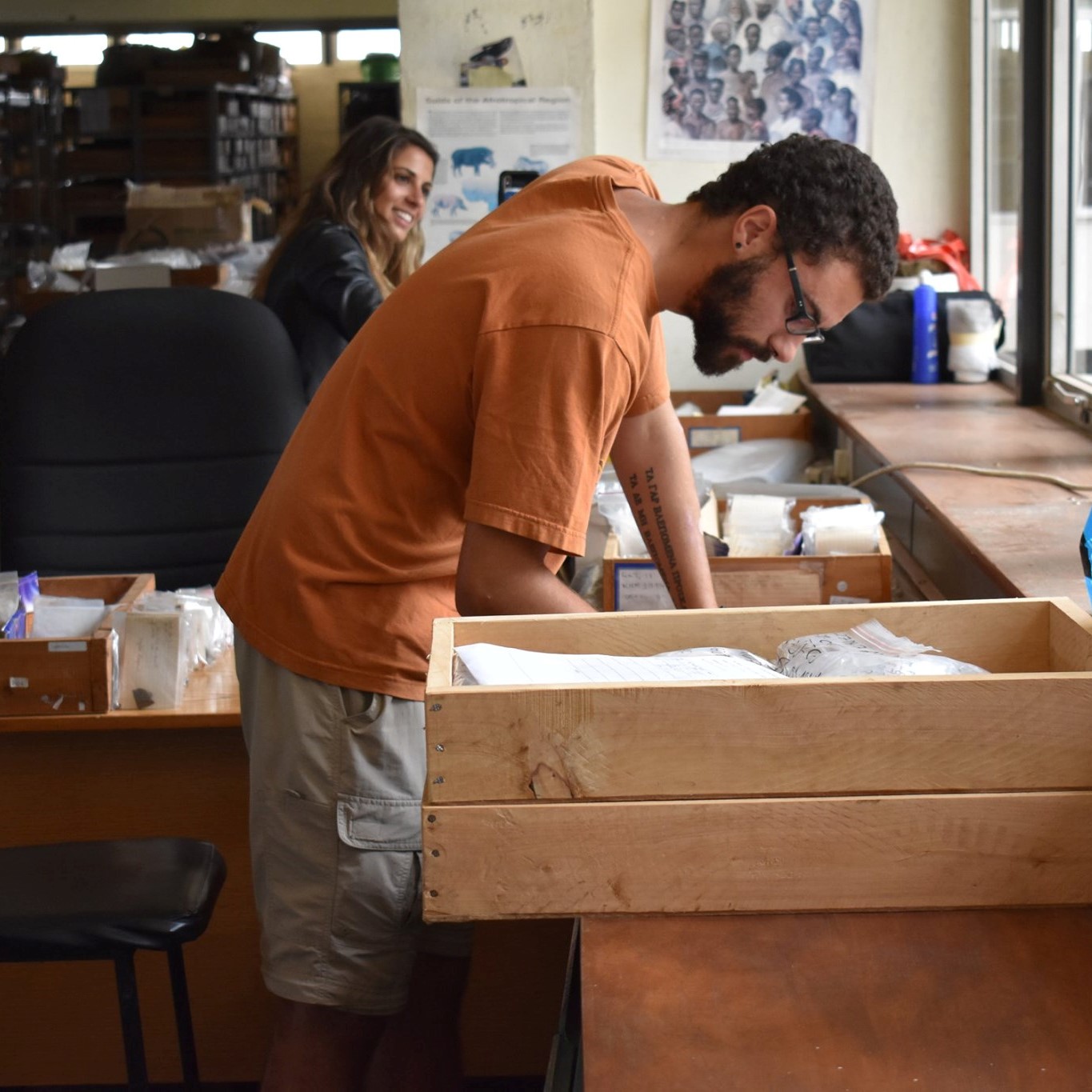Paleoecological evidence for environmental specialization in Paranthropus boisei compared to early Homo
 Authors:
Authors:
Kaedan O'Brien, Nicholas Hebdon, J. Tyler Faith
Abstract:
Since the discovery of Paranthropus boisei alongside early Homo at Olduvai Gorge and East Turkana, paleoanthropologists have attempted to understand the different evolutionary paths of these two hominin lineages. Conventional wisdom is that their prolonged phase of sympatry in eastern Africa reflects different adaptive strategies, with early Homo characterized as the ecologically flexible generalist and Paranthropus as the less versatile specialist. If correct, this should imply differences in their use of ancient environments, with early Homo occurring in a broader range of environmental contexts than Paranthropus. This prediction has yet to be subject to rigorous quantitative evaluation. In this study, we use the 2.0–1.4 Ma fossil bovid assemblages associated with early Homo and P. boisei at East Turkana (Kenya) to quantify the breadth of their environmental associations. We find that early Homo occurs in faunal assemblages indicative of a broader range of environments than P. boisei. A null model taking sampling into account shows that the broad environmental associations of early Homo are indistinguishable from random, whereas P. boisei is one of just a handful of large mammal taxa from East Turkana that has a narrower range of environmental associations than expected by chance. These results support the characterization of P. boisei as an ecological specialist relative to the more generalist Homo. Moreover, the narrow environmental associations observed of P. boisei, unlike those of almost all other C4 grass-consumers in the Turkana Basin, suggest that it likely did not feed on a spatially widespread C4 resource like the leaves, seeds, or rhizomes of grass.
This publication can be viewed here
